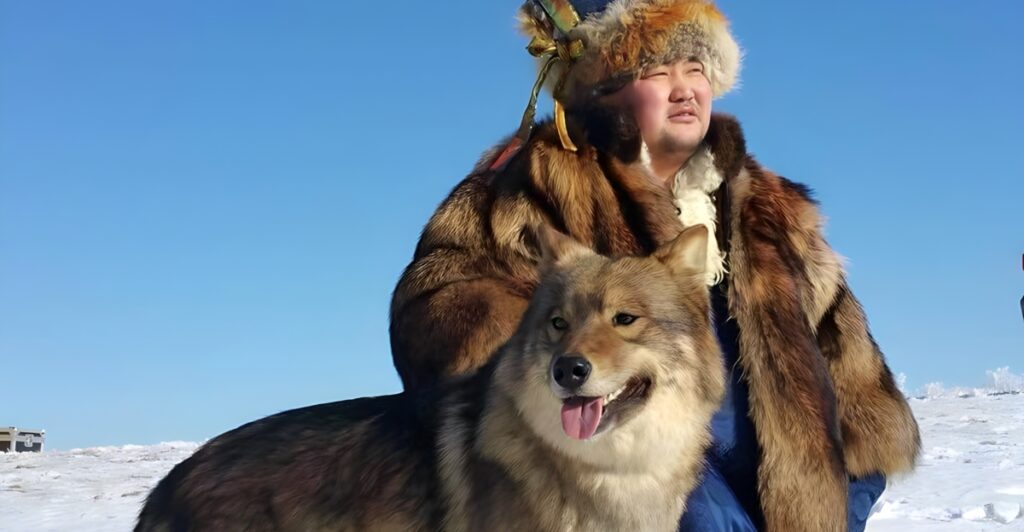
Mongolia’s vast steppes are home to nomadic herders who have coexisted with wolves for centuries. These predators are both revered in local folklore and feared for the threat they pose to livestock.
Herders in remote regions often rely on traditional methods, like fire and guard dogs, to keep wolves at bay. Despite occasional losses, many believe wolves are essential to the ecosystem and embody the spirit of the wild.
Yellowstone, USA: A Controversial Reintroduction
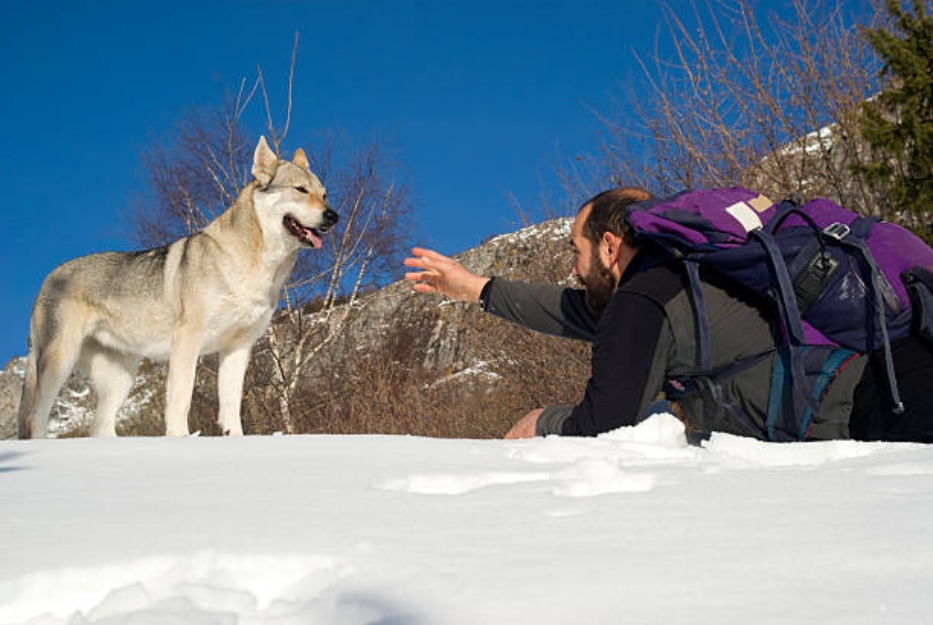
Yellowstone National Park’s wolf population, reintroduced in the 1990s, has been both celebrated and contested. While conservationists hail the wolves for restoring balance to ecosystems, ranchers on the park’s outskirts face challenges.
Livestock predation has spurred heated debates, leading to compensation programs and ongoing discussions about coexistence. Yet, wolf watchers from around the world flock to the park, boosting local tourism revenue.
Sweden: Living with a Growing Wolf Pack

In Sweden, wolves are making a comeback after near extinction in the 20th century. Communities in wolf territories often report mixed feelings about their return.
Farmers have called for culling measures to protect sheep and other livestock, while environmentalists advocate for coexistence strategies. Protective measures, like electric fencing, are increasingly common, though costly for small-scale farmers.
India: Wolves and Shepherds in Harmony
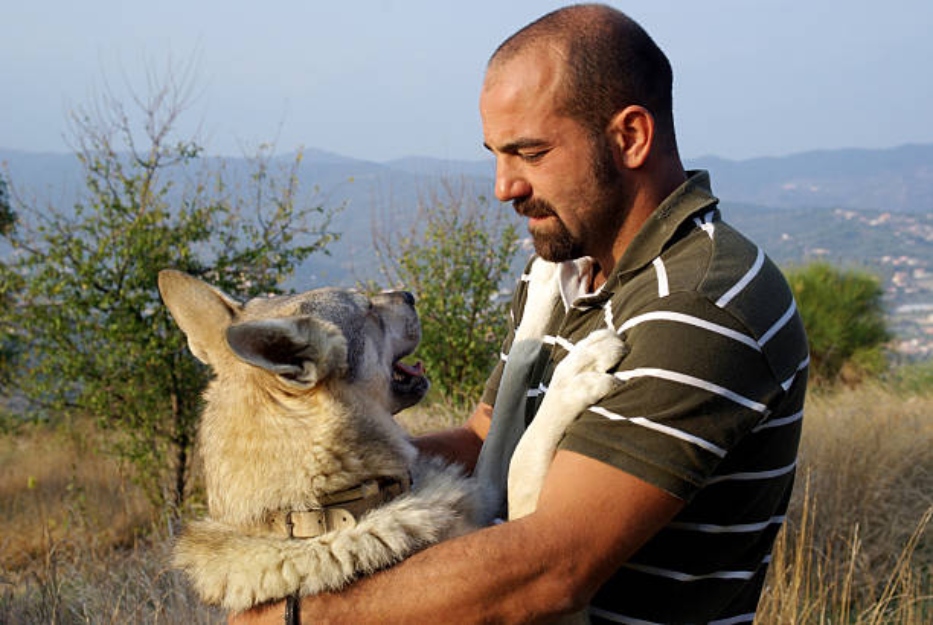
The wolves of the Indian grasslands are smaller than their northern relatives but no less impactful on local communities. Shepherds have adapted to sharing the landscape with these predators, viewing them as part of their environment.
In many villages, wolves are respected for their role in keeping prey populations under control. However, attacks on goats and sheep occasionally test this harmonious relationship.
Romania: Ancient Forests and Apex Predators

Romania’s Carpathian Mountains boast one of Europe’s largest wolf populations, a legacy of the region’s untamed forests. Rural communities here have long coexisted with wolves, using folklore and tradition to navigate their interactions.
Some view wolves as guardians of the wilderness, while others see them as a persistent threat to agriculture. This duality influences local policies, which often try to balance conservation with practical concerns.
Russia: Wolves on the Edge of Civilization

In Russia’s vast wilderness, wolves roam free, sometimes venturing into rural villages. Their presence is both a symbol of the untamed landscape and a challenge for remote communities.
Wolf hunting is still common in some regions, with bounties offered for predators deemed a threat. Yet, there is also a growing push for conservation as wolves’ ecological importance becomes better understood.
Alaska, USA: A Frontier with Wolves
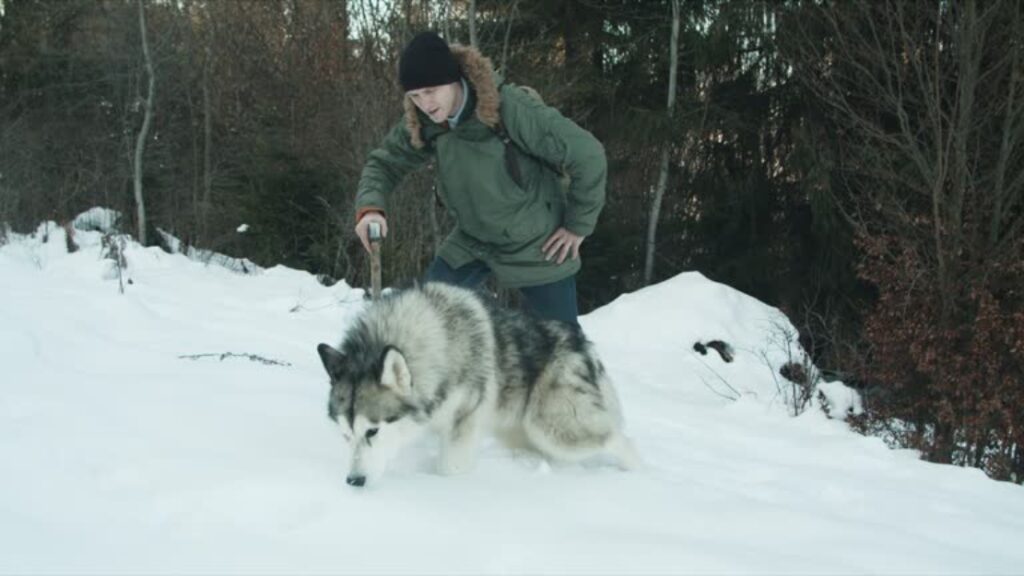
Alaska’s residents are no strangers to wolves, living amidst one of the largest wolf populations in North America. Hunters and trappers often target wolves to protect game populations, sparking debate among conservationists.
Despite these conflicts, many Alaskans take pride in sharing their rugged wilderness with the iconic predator. Some even embrace eco-tourism ventures centered on wolf sightings.
Ethiopia: Wolves in the Highlands
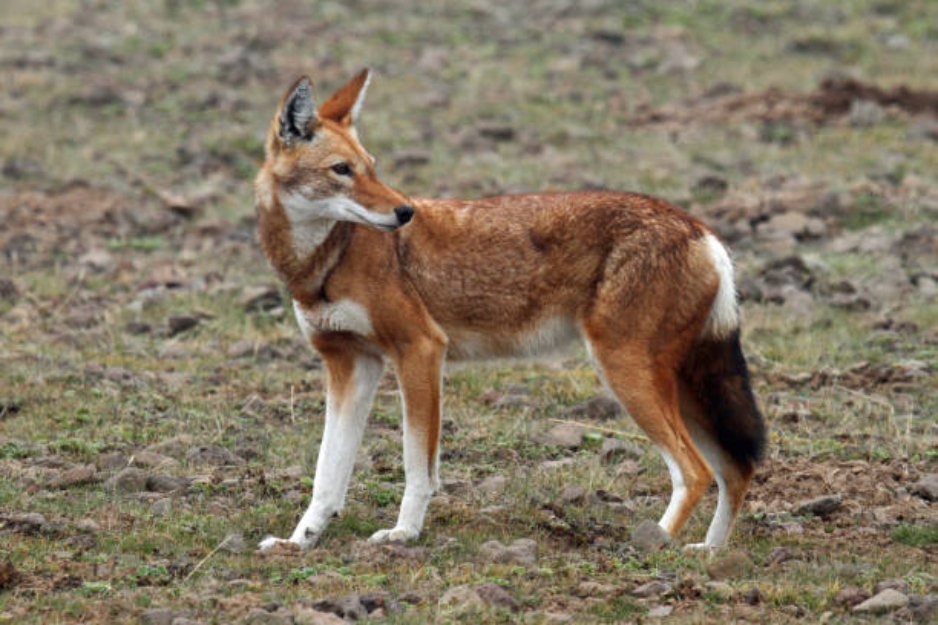
The Ethiopian wolf, one of the world’s rarest canids, survives in the highlands of the Bale Mountains. Local communities play a vital role in conserving this critically endangered species.
By managing grazing patterns and limiting human-wildlife conflict, villagers are ensuring the survival of this unique predator. Conservation efforts are supported by international organizations and bring a sense of pride to the region.
Germany: Wolves Return to a Modern Landscape
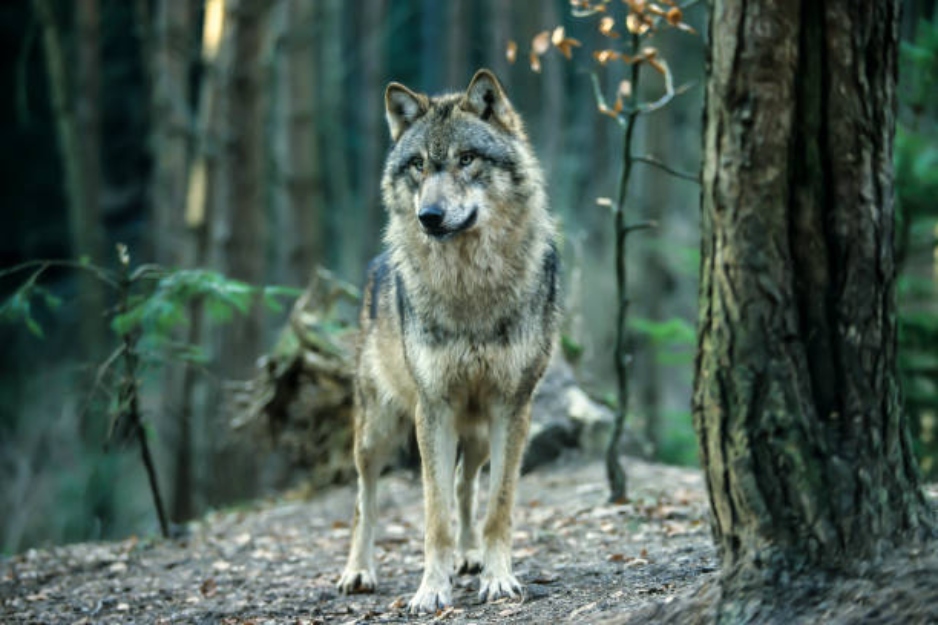
Wolves have been making a slow but steady return to Germany after a century of absence. As they reclaim territories, their presence sparks debates between urban conservationists and rural farmers.
Efforts to educate the public about wolves aim to reduce fear and foster coexistence. Meanwhile, farmers are testing innovative methods to protect livestock, from GPS collars to drones.
Would You Move There?
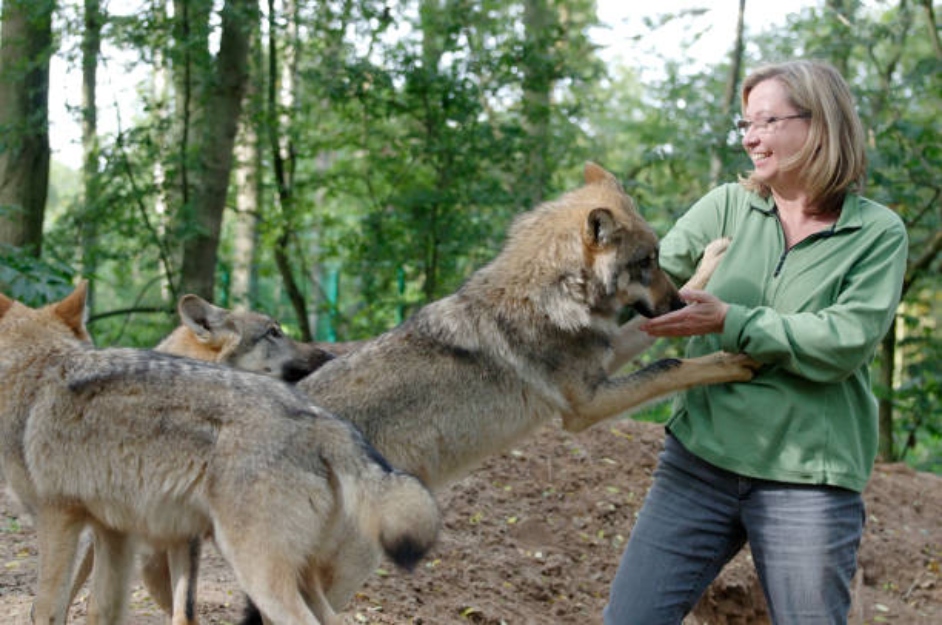
Living alongside wolves means embracing both challenges and rewards, as these communities show. From Mongolia’s steppes to Germany’s forests, the stories of coexistence highlight resilience and adaptability.
While wolves can symbolize wilderness and freedom, their presence requires a careful balance between human needs and nature’s demands. The question remains: would you thrive in a wolf-dominated landscape?
Stay connected with us for more stories like this! Follow us to get the latest updates or hit the Follow button at the top of this article, and let us know what you think by leaving your feedback below. We’d love to hear from you!







